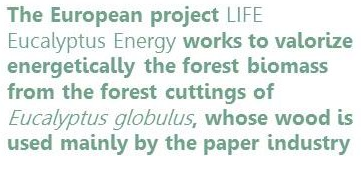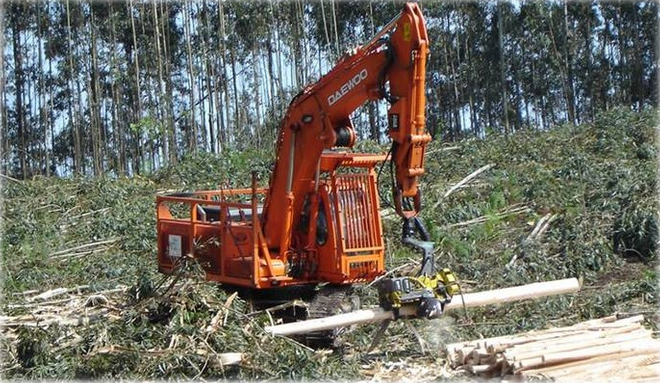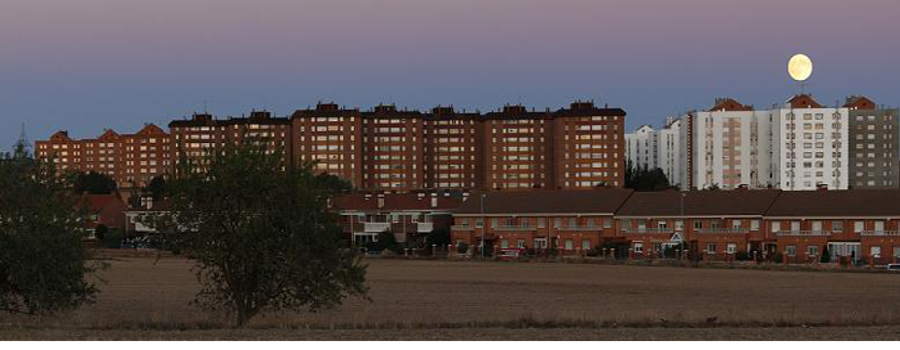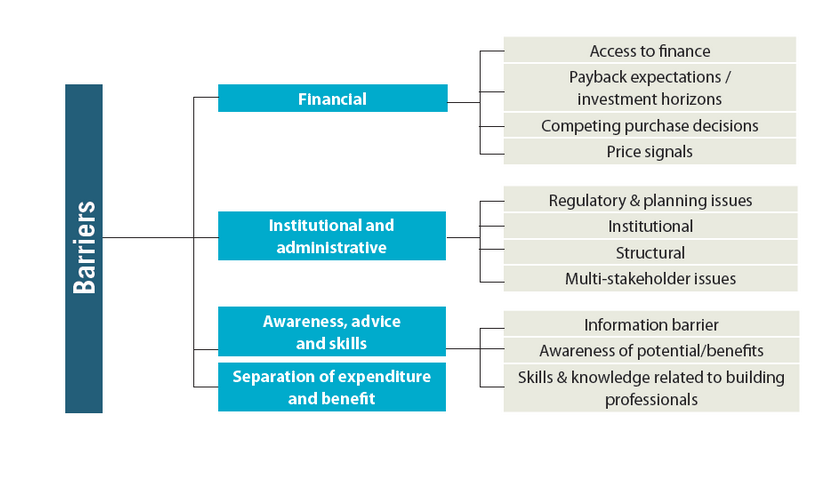
How to recover the forest biomass?
It is likely that many of us have taken advantage of weekends to take a walk in the forest or the mountain. When we return home, impressed by the beauty of the landscape, we may have reflected with sadness on the enormous damage that forest fires cause in these spaces.

We all have to be a bit more responsible and see that the forests are still an important source of resources. This is why we must try to preserve and keep them in good conditions. It should not be forgotten that fire is one of the main problems that destroys forests every Summer. This situation causes social alarm and destroys forests, which take many years to be recovered.
In Southern Europe, forest fires seriously threaten its sustainability. According to EFE VERDE, only in Spain the forest area affected by fires, between January and November 2016, has been 61,359.9 hectares. This is equivalent to more than 61,000 football pitches.
In case of involuntary fire, this situation is due not only to high temperatures reached in Summer, but also to forest biomass abandoned in the forest after logging activities. It is very important to carry out maintenance and cleaning of forests through pruning, forests’ clearing, etc.
These measures make necessary the development of new forms of exploitation for these biomass residues generated by the forestry industry (sawmills, primary transformation industries, manufacturers of processed wood products and cork and pulp manufacturers).
This is the reason why CARTIF is working on finding new technologies using biomass as a renewable energy source for the production of electrical and thermal energy as well as for the production of new bioproducts. In this way, wood yield is increased and besides, soil erosion and tree diseases are prevented. Moreover, outbreaks of forest fires are avoided.
This is the line followed by the European project LIFE EUCALYPTUS ENERGY. Its main objective is the design and construction of a demonstration plant that energetically valorises the forest biomass from the forest cuttings of Eucalyptus globulus. This wood is used mainly by the paper industry. The used biomass is mainly composed of low density biomass (leaves and branches) and it comes from timber exploitations of eucalyptus and that it is now abandoned in the forest.

The LIFE EUCALYPTUS project develops pyrolysis technology, a process by which biomass is transformed in the absence of oxygen into a combustible gas that can be exploited in an engine to obtain electric and thermal energy. In addition, in this process a solid by-product, the biochar, is obtained, which will be used in the same forest improving soil properties.
The reason for selecting eucalyptus biomass and the site where the demonstration plant is being built (Asturias, Spain) is because the selected species has a large presence in the area, around 53,000 ha. However, this experience is easily replicable to other areas and other types of biomass.
Just look at the existing wooded forest area, which in Spain is approximately 18 million hectares, 33% more than 25 years ago. Also in Spain alone, there is about 6 million tons of forest biomass in its forests. There are numbers that increase expectations of this biomass use and the benefits that will produce. We must take into account not only the added value of the generated products, but also the associated job creation. The human factor is important, due to the progressive abandonment of agricultural, herding and forestry activities that have occurred in recent years because of the rural exodus.
Therefore, keep a positive thought: biomass can generate a lot of benefits. Now, do you still think that biomass is a waste?



